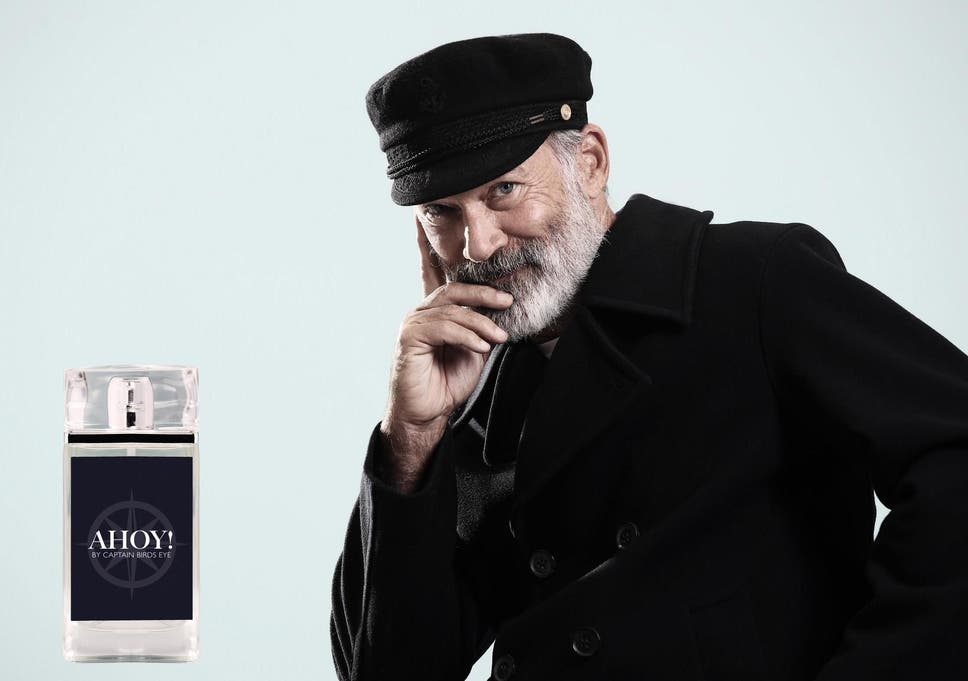Today’s frozen food section is a vast and adventurous tundra.
In the course of a grocery run, one might encounter frozen gourmet turkey sausage, frozen Italian meatballs, frozen farm-raised shrimp, an array of frozen fruits and vegetables, or even — if luck strikes — frozen pepperoni pizza egg rolls, courtesy of America’s resident culinary psychopath, Guy Fieri.....MUCH MORE
Every major supermarket devotes at least an entire aisle to freezer space, and with good reason: The frozen food sector is a $220B+ global industry. In 2018, frozen foods saw a 2.6% sales growth (nearly twice that of fresh food), a trend industry analysts largely attribute to recent advancements in freezing technologies.
The 20th-century innovation that launched the global frozen-goods industry is considered to be one of the great advancements of modern civilization.
But the industry’s chief pioneer is hardly a household name.
He was a man who spent years freezing fish in -40°F weather, saw an opportunity to improve a sub-par process, and then built an entire infrastructure to bring his ideas to market.
The kid who sold frogs
Born in Brooklyn, New York, in 1886, Clarence Birdseye began life in the midst of America’s technological revolution.
Seismic shifts were underway that would dramatically alter the landscape of the country — railroads, steel production, the spread of the telephone and electricity. Birdseye was drawn to nature, but also the industrious spirit of the time
As chronicled by biographer Mark Kurlansky, Birdseye spent his youth finding ways to profit off of the natural world around him.
Once, he noticed an abundance of muskrats in a nearby field, wrote letters to a local zoo director to assess demand, and ended up trapping and selling them for $1 a piece. He later replicated this model with frogs, netting $115 in profit (~$3k in 2019 dollars). At the age of 11, he launched his own taxidermy school and placed ads for prospective students in a magazine.
Birdseye later enrolled at Amherst College in Massachusetts. But when his family fell on hard times, he dropped out, joined the US Biological Survey, and ventured to the American Southwest, where he quickly found a side hustle selling coyote pelts to New Yorkers at a 60% profit margin.
Soon, he’d embark on a new adventure — one that would alter the course of his life and, eventually, the course of American cuisine.
Where the fish freeze mid-air
In the spring of 1912, Birdseye moved to Labrador, a remote, inhospitably cold region in Newfoundland (now Eastern Canada).
It was not considered to be a place of great economic promise. But Birdseye sniffed out a market for fox exports. In short order, he was dog sledding across the vast frozen tundra capturing wild silver foxes, first for breeding and later for furs. Two years after arriving, he’d reeled in $6k in profit ($154k today).
In between selling pelts, Birdseye developed a fascination with food preservation — particularly the methods of the Inuit ice fishermen.
He noticed that as soon as a fish was pulled out from under the ice, it would immediately freeze, “mid-flip,” in the -40°F air. The fish would then be packed in snow outdoors — and to Birdseye’s delight, it tasted perfectly fresh when thawed days, or even weeks, later.
Back in New York, freezing food was a less palatable affair.
At the time, the pervading preservation technique was to freeze food very slowly over a period of days at temperatures just below the freezing point. When this food thawed, it was grainy, leaky, and prone to rot. Only the lowest-grade food was frozen to begin with, and products were priced lower than canned goods.
Not surprisingly, these issues earned frozen food an extremely poor reputation in the US — so bad, writes Kurlansky, that it was even banned in New York State prisons.
But perched in the icy climes of Labrador, devouring pristinely fresh “quick-frozen” fish, Birdseye saw an opportunity to shake up the market.
A better way
In 1917, Birdseye returned to the US, where he eventually settled into a more domesticated role with the US Fisheries Association.
A chief focus among executives was to figure out a better way to get fish — a temperamental good that lost value in transport — to the marketplace in a more desirable condition. There was a need to integrate better freezing methods....
And from the Independent, December 4:
Birds Eye launches fragrance for men

'We wanted to treat fans to something special from
our iconic Captain,' says frozen food brand
Frozen food company Birds Eye has launched a new fragrance for men with its iconic mascot, Captain Birdseye, fronting the campaign.HT on the Eau d'Captain: FT Alphaville commenter
The company might be known for its fish fingers rather than its fragrance offerings, but that hasn’t stopped the brand from taking care over its debut eau du toilette, which carries notes of grapefruit and mandarin.
According to the brand, the fragrance was inspired by the “hypnotic and evocative power of the high seas” and has been created to remind wearers of the “fresh ocean breeze”....MORE